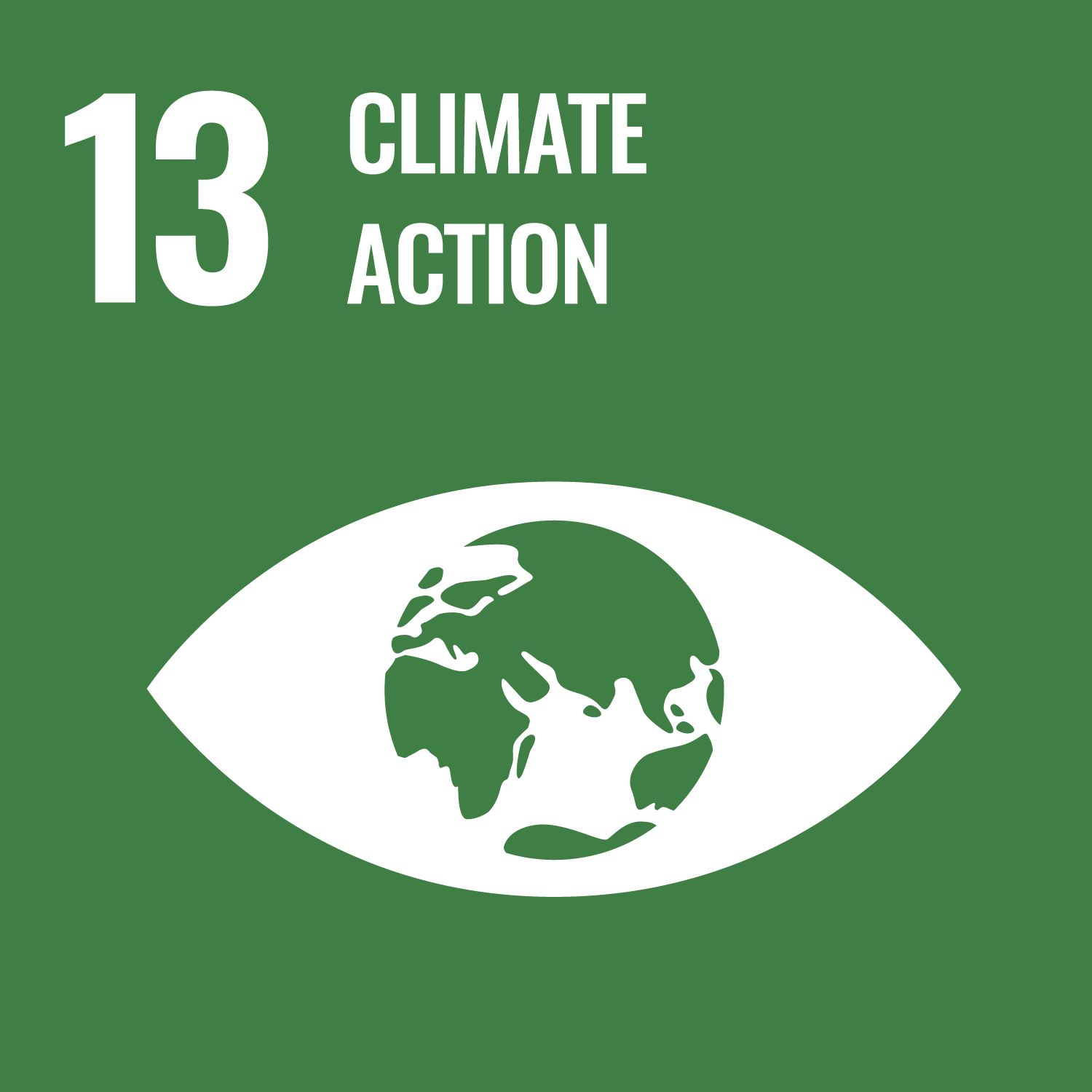ORCID
- Gerd Masselink: 0000-0001-6079-7611
Abstract
Increased flooding due to sea level rise (SLR) is expected to render reef islands, defined as sandy or gravel islands on top of coral reef platforms, uninhabitable within decades. Such projections generally assume that reef islands are geologically inert landforms unable to adjust morphologically. We present numerical modeling results that show reef islands composed of gravel material are morphodynamically resilient landforms that evolve under SLR by accreting to maintain positive freeboard while retreating lagoonward. Such island adjustment is driven by wave overtopping processes transferring sediment from the beachface to the island surface. Our results indicate that such natural adaptation of reef islands may provide an alternative future trajectory that can potentially support near-term habitability on some islands, albeit with additional management challenges. Full characterization of SLR vulnerability at a given reef island should combine morphodynamic models with assessments of climate-related impacts on freshwater supplies, carbonate sediment supply, and future wave regimes.
DOI Link
Publication Date
2020-06-10
Publication Title
Science advances
Volume
6
Issue
24
Acceptance Date
2020-04-17
Embargo Period
2020-10-02
Recommended Citation
Masselink, G., Beetham, E., & Kench, P. (2020) 'Coral reef islands can accrete vertically in response to sea level rise', Science advances, 6(24). Available at: 10.1126/sciadv.aay3656



